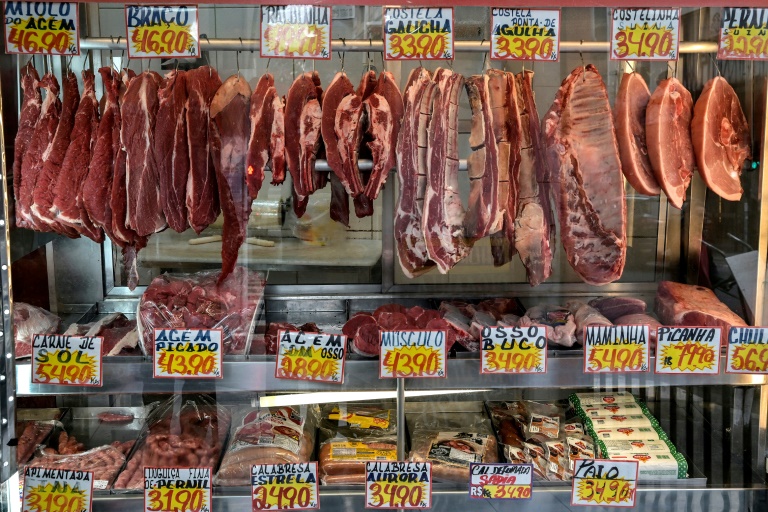
Higher tariffs imposed by the United States on numerous economies took effect on Thursday, significantly intensifying the ongoing trade disputes under President Donald Trump. An executive order signed last week raised US duties from 10 percent to between 15 percent and 41 percent for various trading partners. As a result, countries including the European Union, Japan, and South Korea now face a 15-percent tariff on many products, despite previous agreements aimed at avoiding such increases.
Other nations, notably India, are facing even steeper penalties, with tariffs set at 25 percent—expected to double in three weeks. In stark contrast, Syria, Myanmar, and Laos are subjected to tariffs reaching as high as 41 percent. These “reciprocal” duties are part of Trump’s broader strategy to challenge what his administration perceives as unfair trade practices.
Impact on Businesses and Markets
The recent changes have raised concerns among businesses and industry groups about the potential negative effects on smaller American enterprises. Economists warn that the steep tariffs could exacerbate inflation and slow economic growth in the long term. While some analysts suggest the price increases may be temporary, others believe the impact will be more lasting.
According to Marc Busch, an international trade policy expert at Georgetown University, US businesses are likely to pass a portion of these increased costs onto consumers. An earlier 90-day pause on the new tariffs allowed importers to build up inventories. However, as these reserves dwindle, businesses may find it increasingly difficult to absorb the financial burden. “With back-to-school shopping just weeks away, this will matter politically,” Busch noted.
The latest tariff order has also left some questions unanswered for countries that have recently negotiated agreements with the US. For example, the tariff arrangement between Tokyo and Washington is reportedly unclear regarding the timeline for reducing tariffs on Japanese automobiles. Currently, US auto imports face a 25-percent duty, a situation that complicates expectations for Japanese manufacturers.
Broader Trade Strategy and Legal Challenges
In addition to imposing tariffs on various economies, Trump recently escalated tensions with India by announcing an impending 50-percent tariff on Indian goods. This decision was attributed to New Delhi’s ongoing purchase of Russian oil, which the US has condemned amid the ongoing conflict in Ukraine. The additional 25-percent duty is set to take effect in three weeks.
Furthermore, the Trump administration’s tariffs on Brazilian goods surged from 10 percent to 50 percent, although some exemptions, including for orange juice and civil aircraft, may mitigate the overall impact. Notably, key Brazilian exports such as coffee, beef, and sugar will still be significantly affected.
Many of Trump’s tariff measures are currently facing legal scrutiny over the use of emergency economic powers. As these cases progress, they may ultimately reach the US Supreme Court, leading to further developments in the ongoing trade saga.
The implications of these new tariffs extend beyond the immediate financial impacts, stirring political debates and raising questions about the future of international trade relations. As businesses adapt to these changes, the long-term effects on both the US economy and its trade partners remain to be seen.






